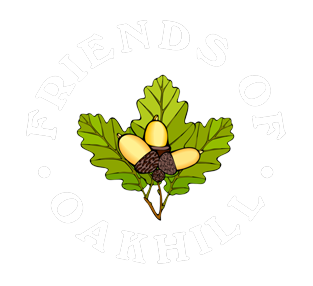STORY ABOUT US
Where it all began
But this place has a history.
Marshland
Airmyn
Goole
Meet The Team
The only way to make this happen is to make action!
Praesent commodo cursus magna, vel scelerisque nislet.
FAMILIES
This is the ongoing story of what took place on Goole’s doorstep and its environs, properly the parish of Airmyn before local boundaries were re-drawn. Feedback from the public will help to re-populate a place that has been forgotten, except by those lads who biked to the fishing ponds, those with memories of the railway and its sheds
(see http://www.goole-steam.com/ ), canal traffic and farming times. Contributions welcomed from family historians with links to the past – especially life in the farm cottages, work at the brickyard, along the waterways, down Dutch River Side, between Goole and Rawcliffe. Let’s build a bigger Friends of Oakhill Community.
POTTER GRANGE
OAKS HILL
Five thousand years ago, mighty oak trees did grow in the forest of Hatfield Chase. In an article he wrote in 1952 the late Ernest Butler, formerly editor of the Goole Times, quoted Sir William Dugdale, an early historian of Thorne Moors (that area once stretched as far north as the River Aire). Dugdale recorded that “three centuries ago trees were found in the Isle of Axholme” (to the south of our Marshlands) “five yards in compass and 16 yards long … with great quantities of acorns near them”.
Butler thought the Romans might have burned down the forest to flush out un-cooperative tribes of Brigantes, but Catherine Caufield’s 1991 account of Thorne Moors refers to new scientific evidence:
Oaks Hill cont
The retreating ice left behind it the Humberhead Levels – a marshland landscape with islands of drier woodland. Conditions around Thorne, though, were different. Sphagnum moss thrived in the acid soil and created a raised peat bog.
Archaeologists have found bog oak timber and ancient track-ways preserved in peat on the Somerset Levels, another wetland. Nearer to Oak Hill, Peter Halkon and colleagues discovered log boats at Holme-on-Spalding Moor. Never mind bodies set up for the conservation of nature, Thorne Moors (now protected as a SSSI – site of special scientific interest) disclosed a well-preserved Bronze-age human body when peat deposits were extracted for agricultural purposes. One early commercial concern, long before the arrival of Fisons, was The British Moss Litter Company, formed by several local farmers and landowners, including the Smiths of Potter Grange, who saw these “wastes” as offering a useful manufacturing resource for animal bedding
Drains
As embankments were built up to prevent this low-lying land being flooded by the tidal Ouse and Aire, the waterlogged wastes were drained into dykes with sluice gates controlling the flow. The most obvious single feature of the landscape (before the arrival of industrial chimney stacks and gigantic sheds) were the long straight lines of the drains. Modern pumping stations, named after their predecessors at Oaks Hill and Orchard Cottage, do the work of older outlets or cloughs, maintained now by the Goole & Airmyn Drainage Board, but historic maps show the Old Drain running beside the farm track to Airmyn Pastures and Oaks Hill. That approach road has been diverted yet still serves Percy Lodge, while the Old Drain acts as the western boundary to contain the spread of industry. Collecting its fill of dumped rubbish beside an old wooden footbridge scorched by fire, the tracks and banks providing non-permissive motor-bikers’ trails, it is still just possible to turn one’s back on contemporary living and stand in the shoes of those who lived here long ago.
WADE'S CLOUGH
Cloughs could be closed to allow water on to the land for warping, as well as opened for draining the fields. Agricultural drainage lowered the level of the land as water was pumped out but the gradual settlement of fine sediments improved the fertility of the soil before the manufacture of “tillage” and fertilisers. The outlet of the Town Drain was marked on the 1853 Ordnance Survey as Wades Clough, the family name of the tenant farmer at Oak Hill in the 1830s, and possibly earlier still. According to archived documents, Wades had farmed at Armin or Hook for a hundred years or longer. A lease is recorded in 1757 to a Mr. Wade, of Armin, believed to have been “Billy” Wade’s grand-father.
